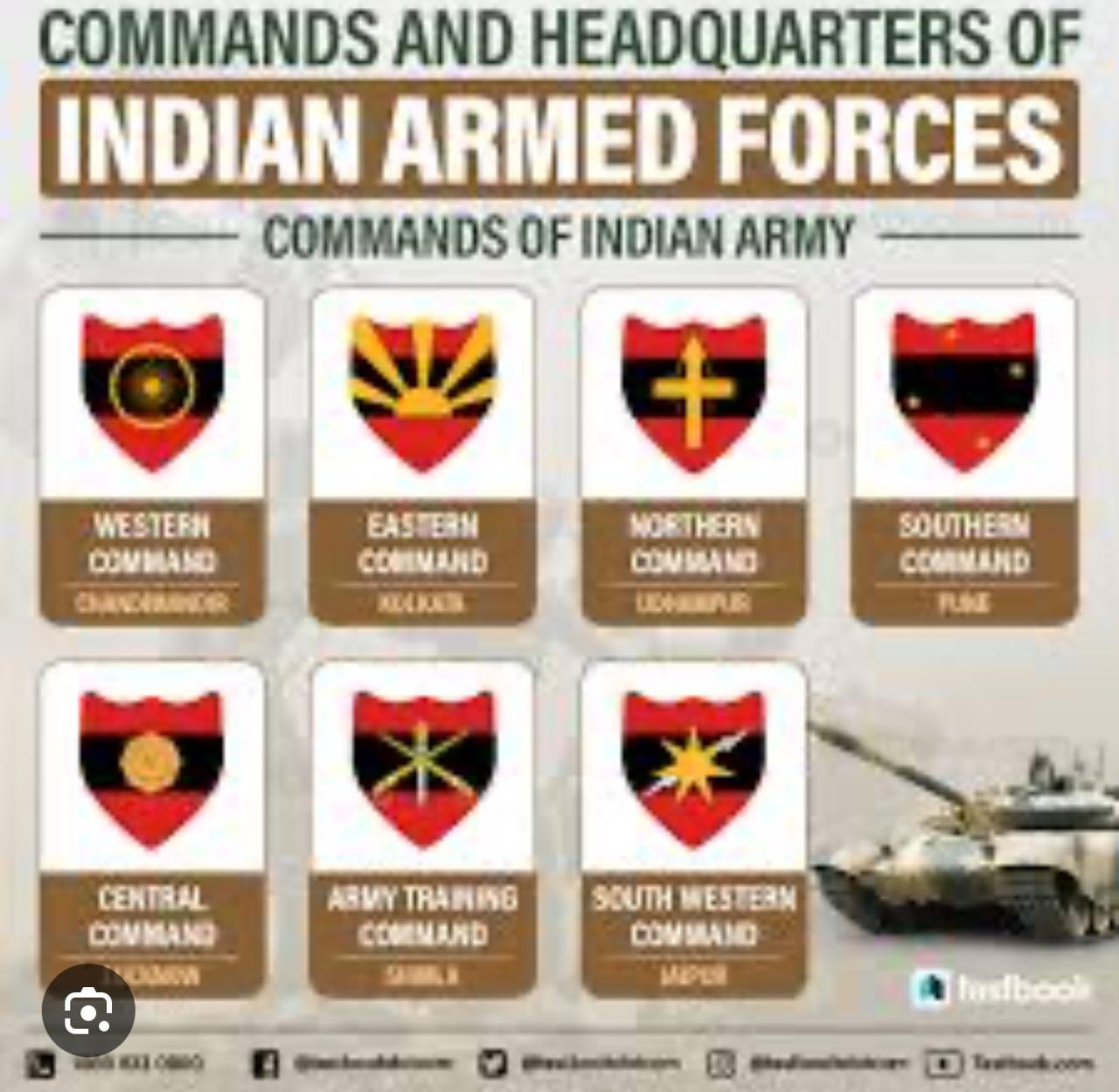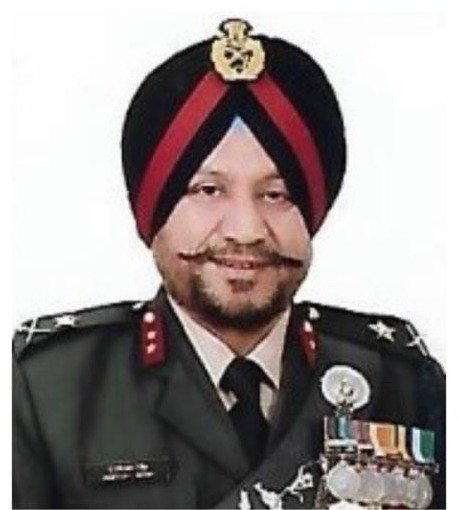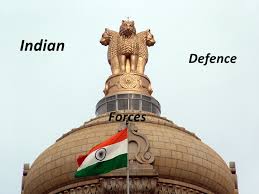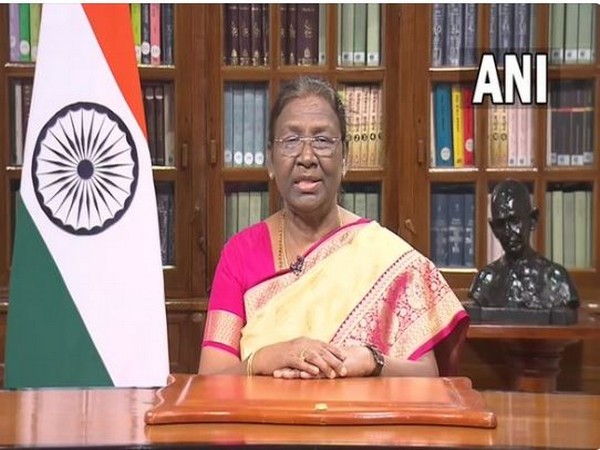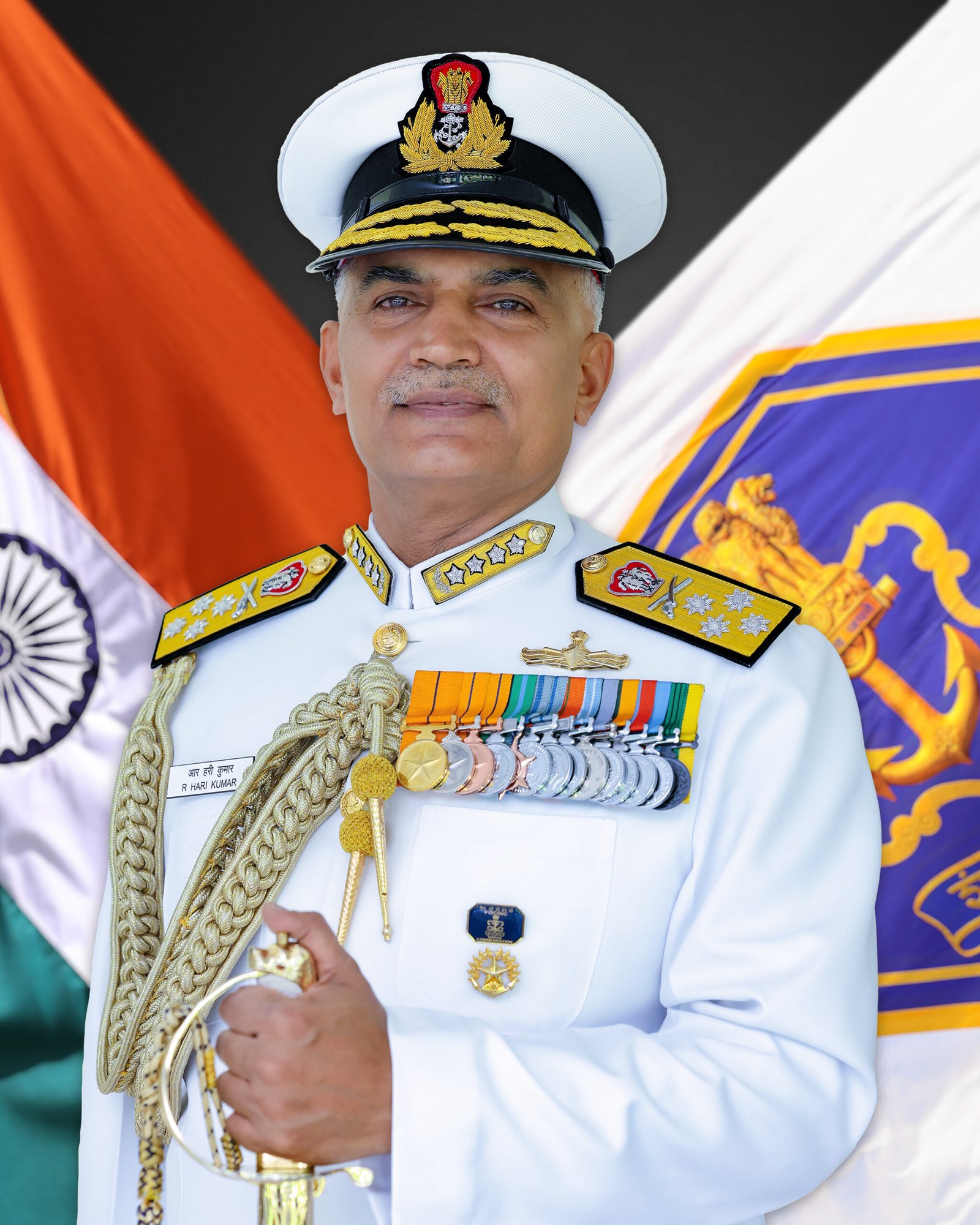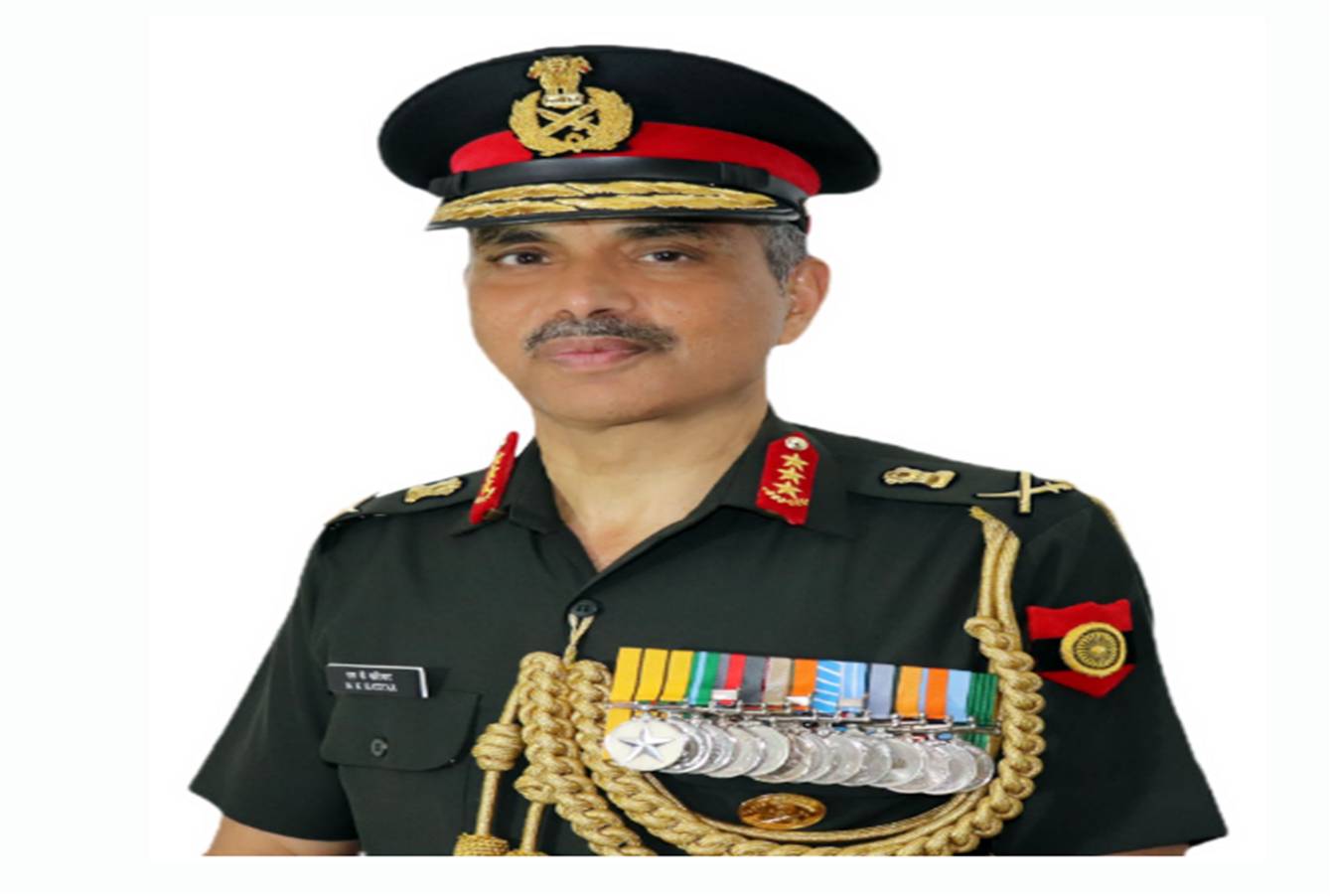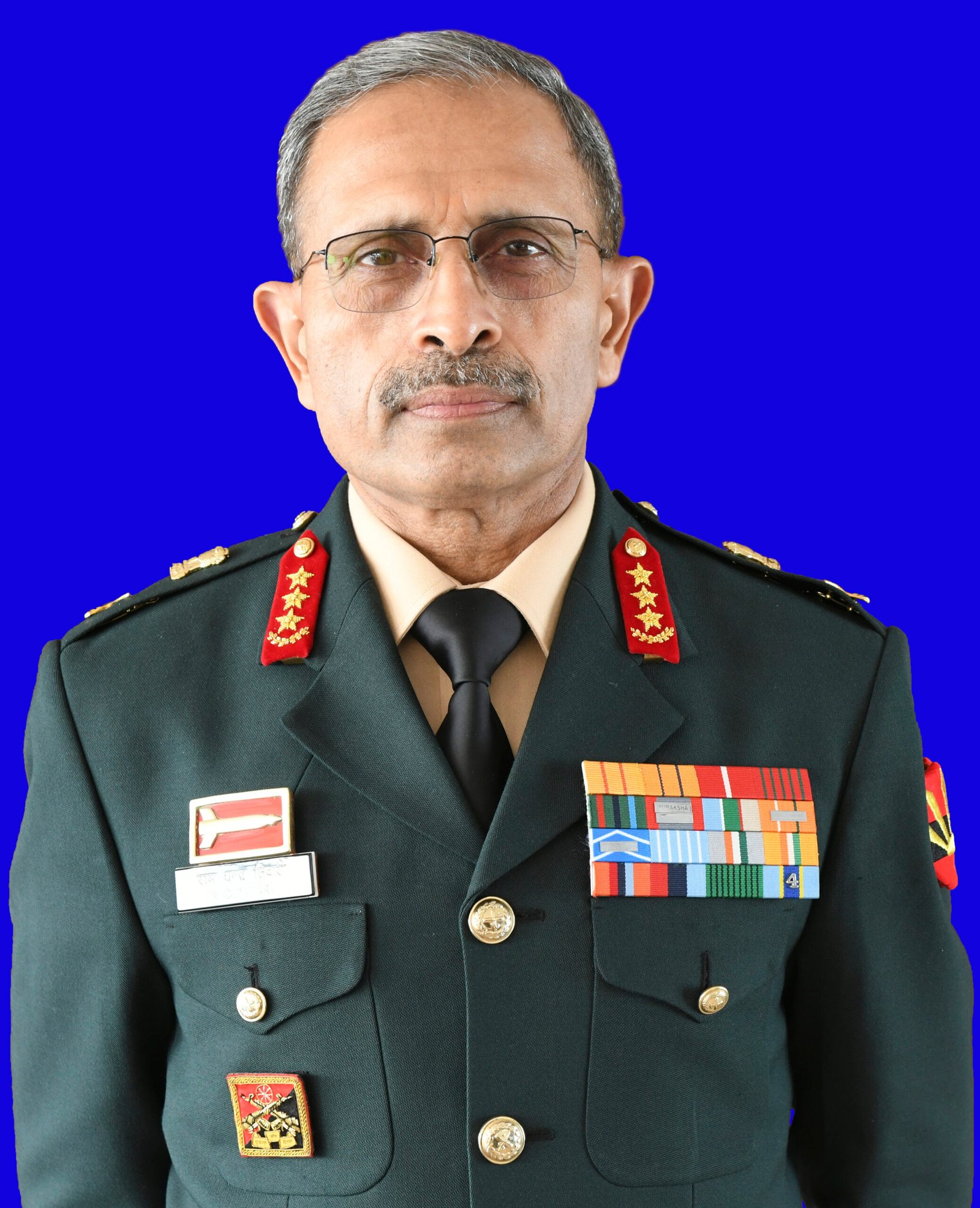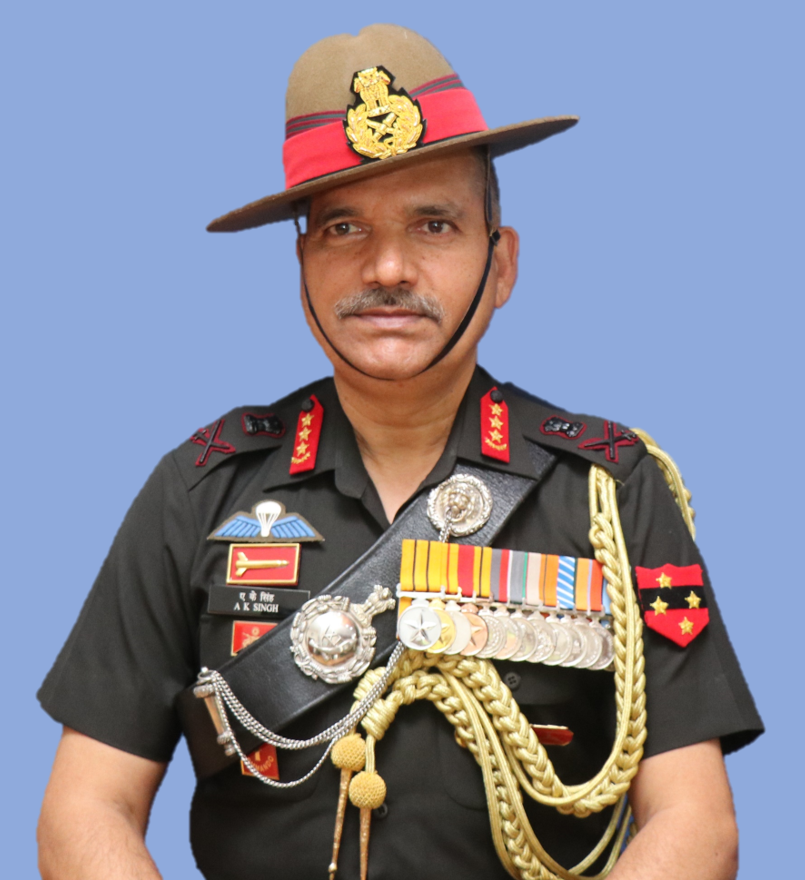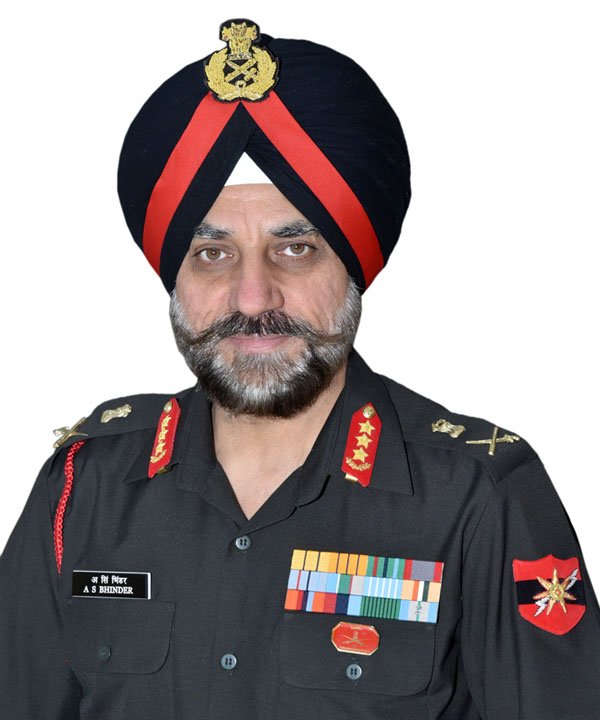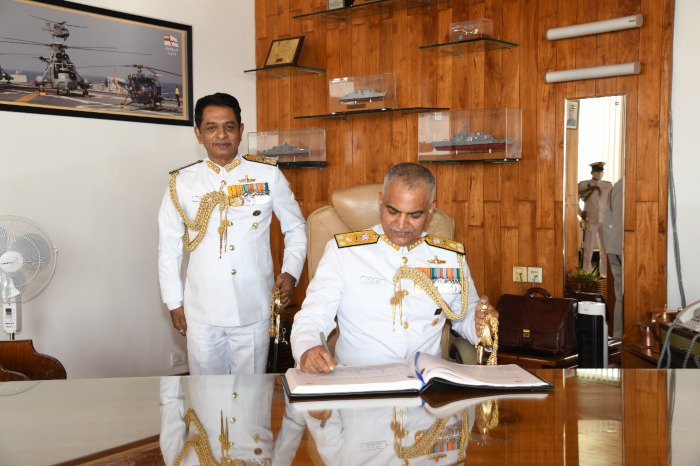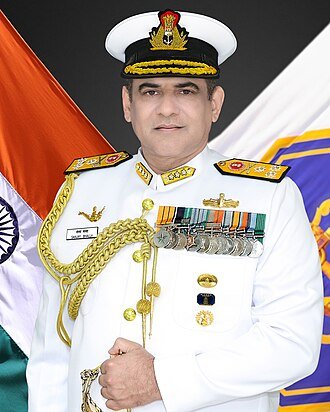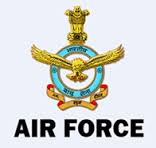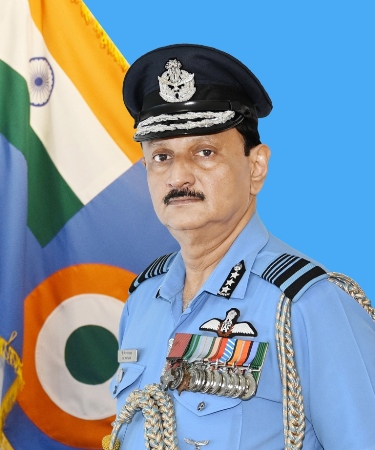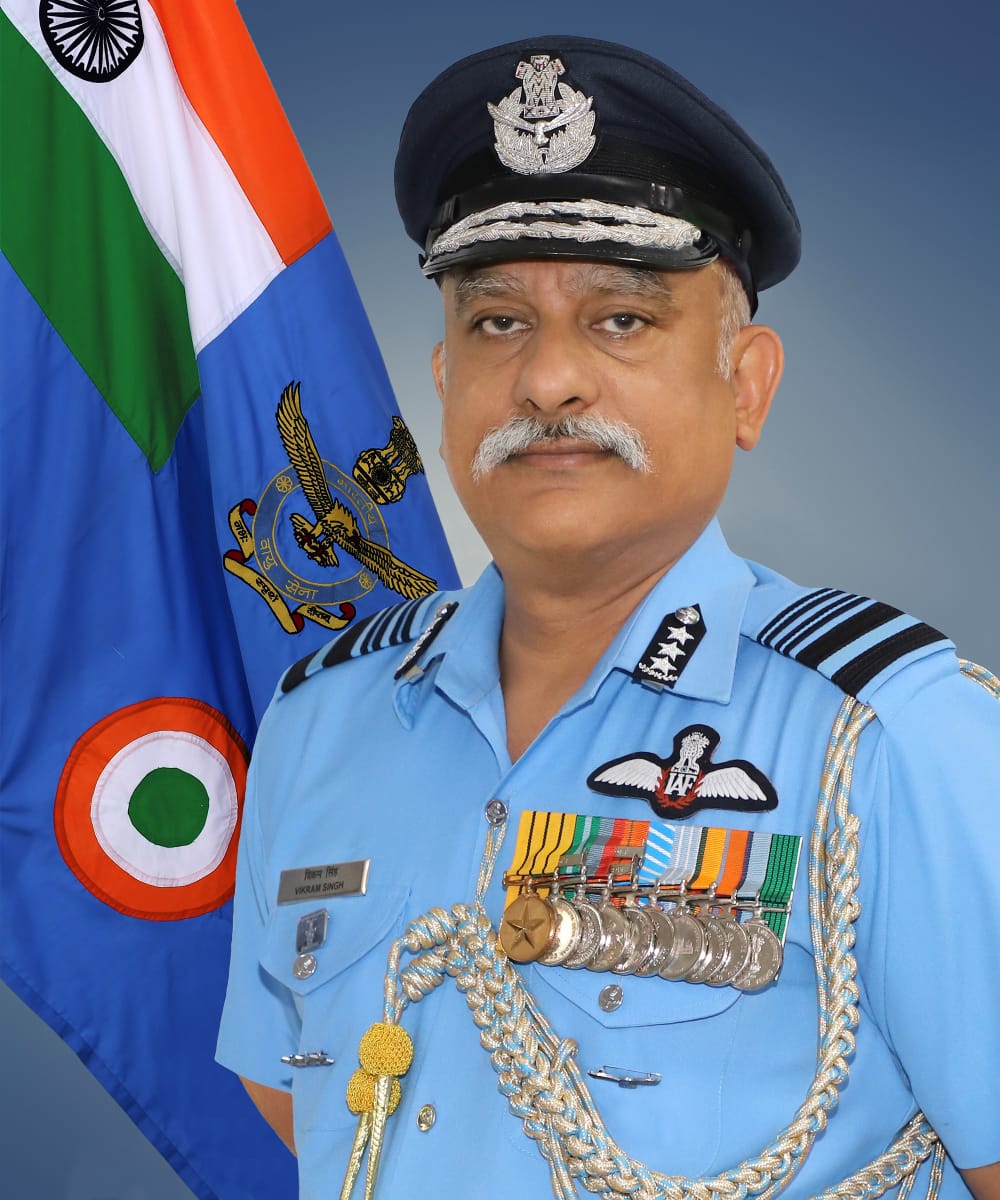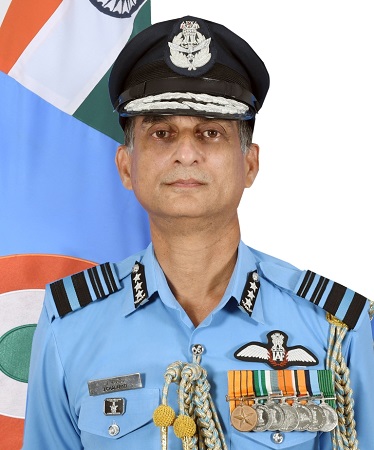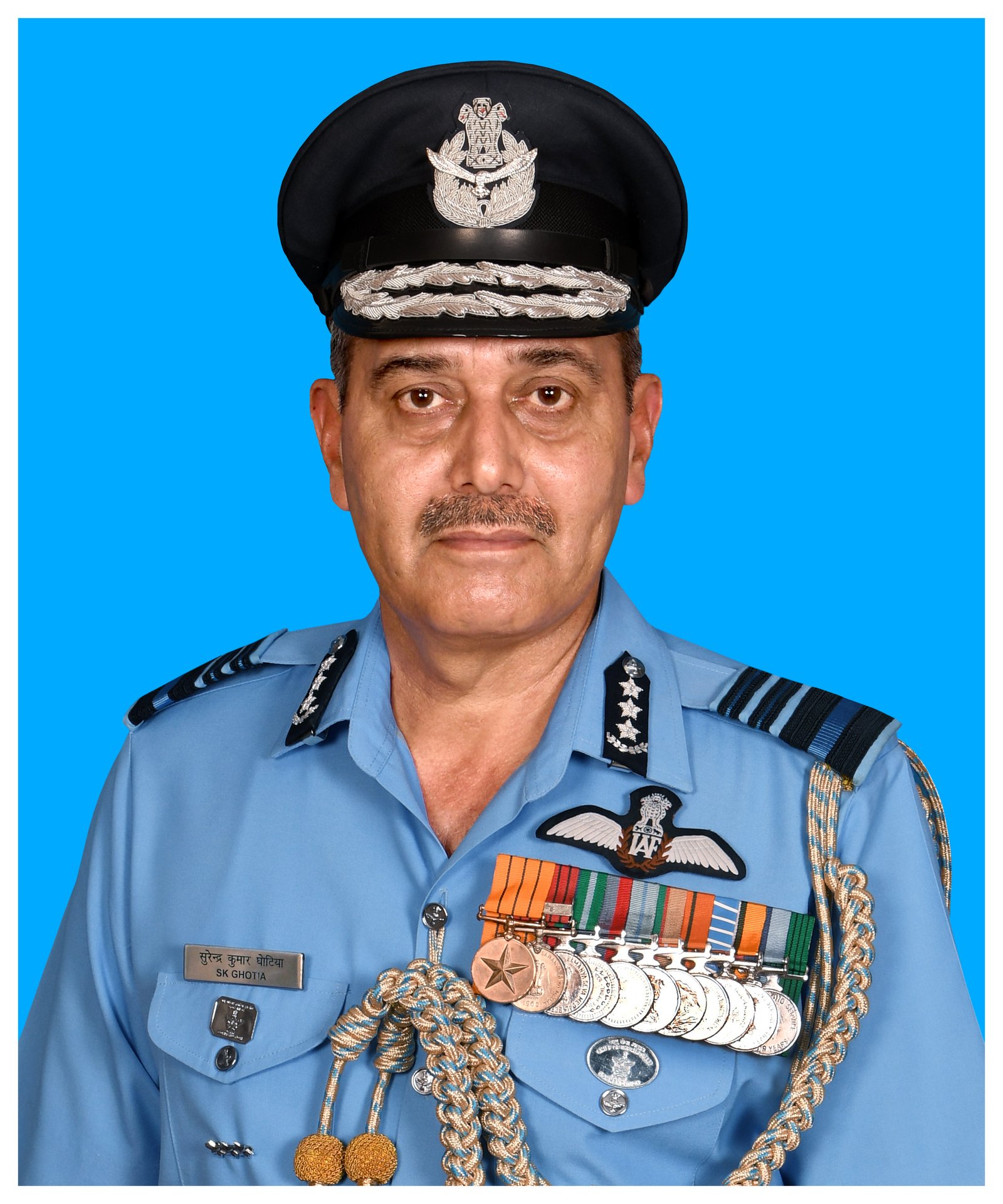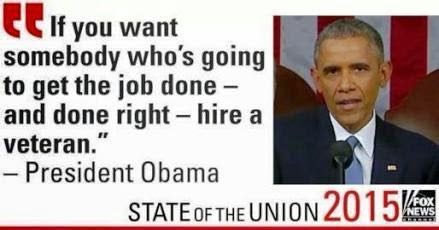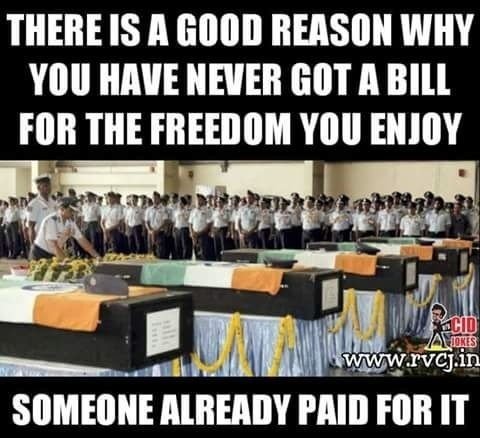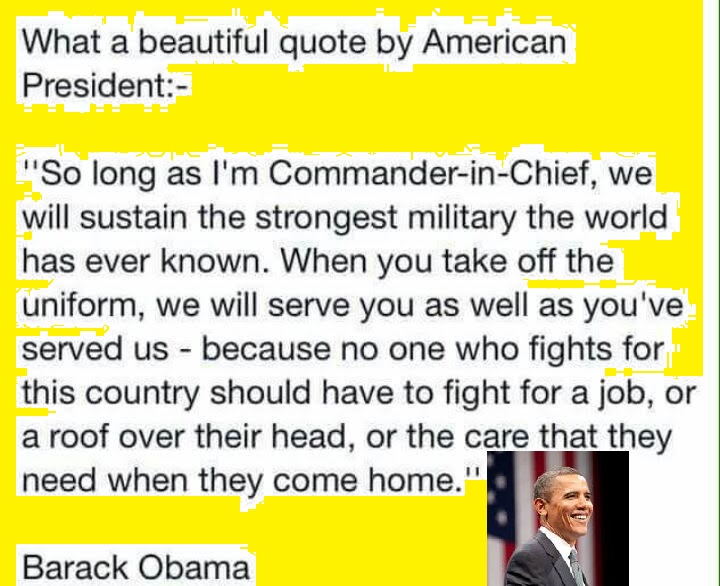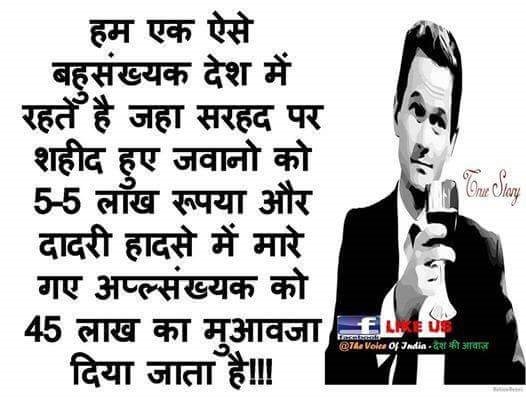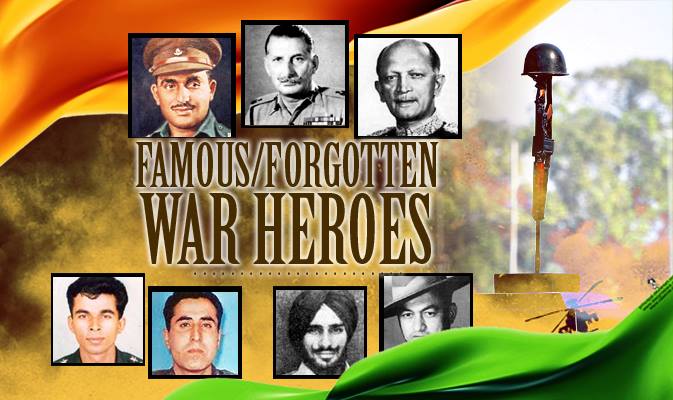
Lt. Gen S N Sharma102 years Mrs 97 years old.in Khan Market, New Delhi on day 1 of 2025

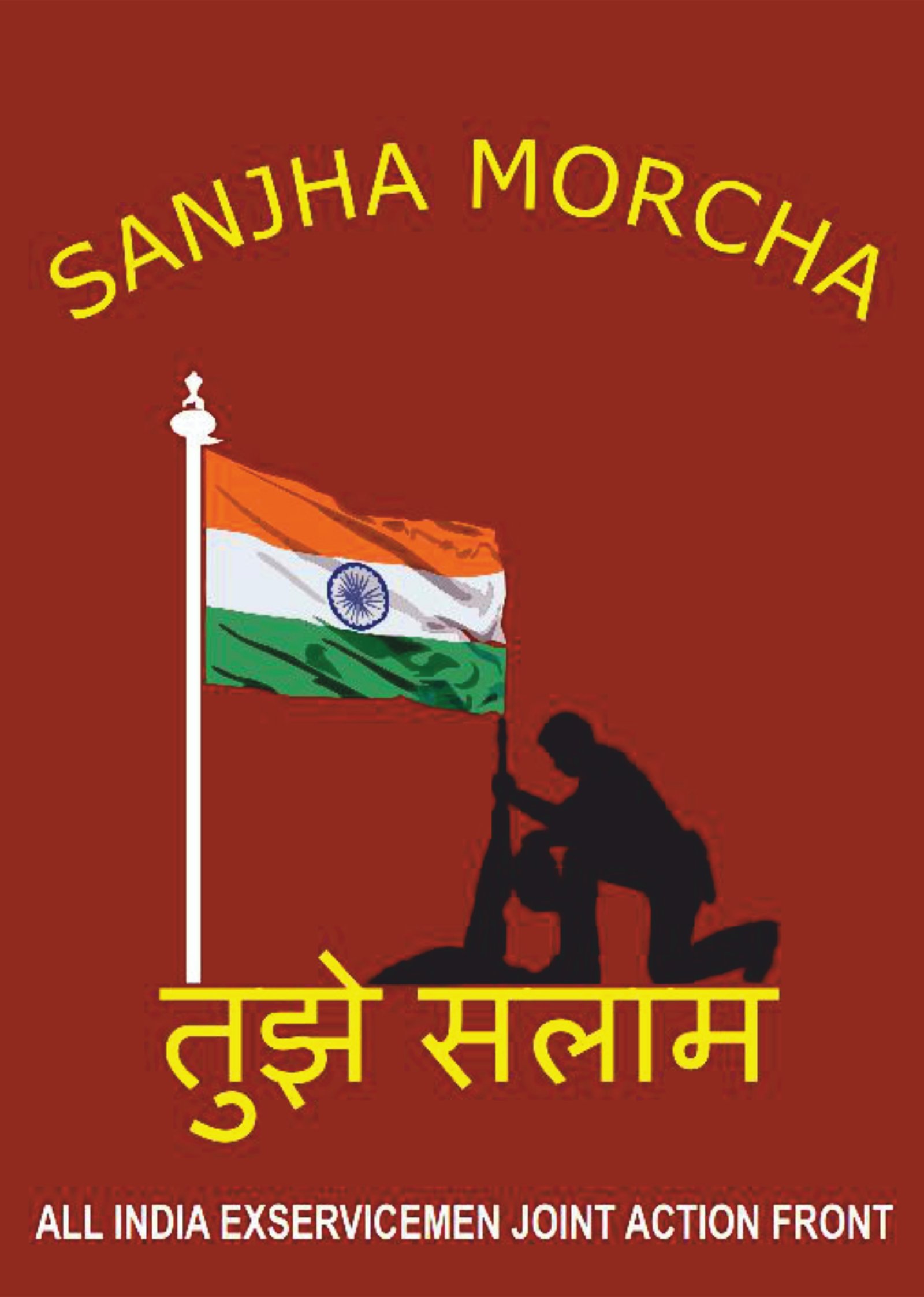

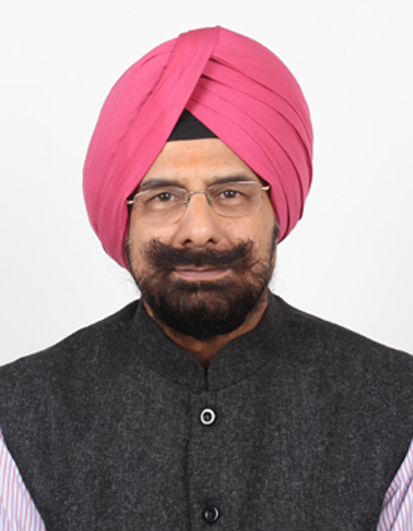


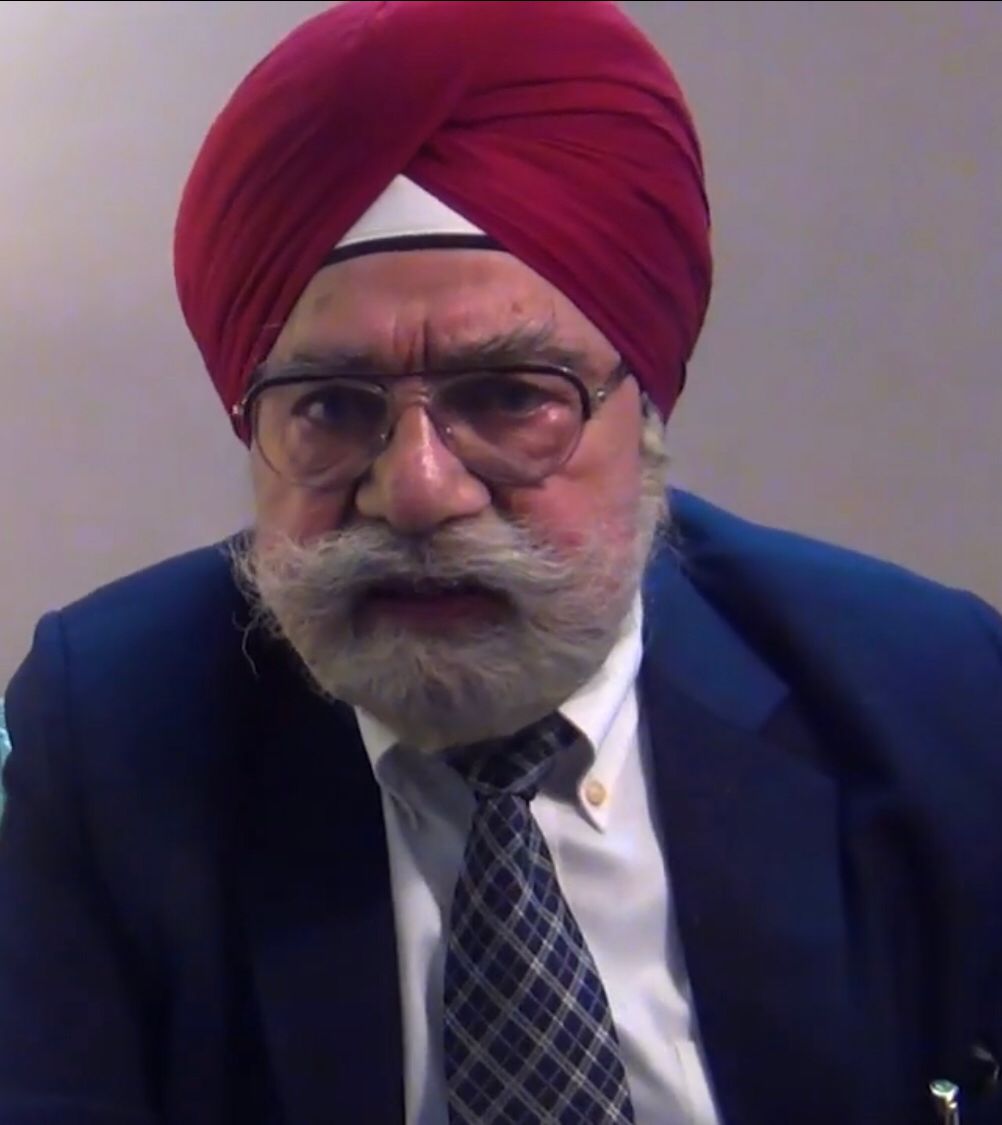


Veteran soldier Havildar Baldev Singh (retd), who fought four wars against Pakistan, passed away at his residence in Rajouri district, a defence spokesman said on Tuesday. He was 93. The revered war hero passed away due to natural causes in…

Veteran soldier Havildar Baldev Singh (retd), who fought four wars against Pakistan, passed away at his residence in Rajouri district, a defence spokesman said on Tuesday. He was 93.
The revered war hero passed away due to natural causes in his hometown Nowshera on Monday. The spokesman said that his last rites will be performed with full military honours at his village on Tuesday.
Born on September 27, 1931, at Naunihal village, Singh was just 16 when he volunteered to join the Bal Sena Force under the leadership of Brigadier Usman, Commander of the 50 Para Brigade, during the battle of Naushera and Jhangar in 1947-48. The Bal Sena, a group of local boys aged 12 to 16, served as despatch runners for the Indian Army in the critical moments of these battles.
In recognition of their bravery, the then Prime Minister Jawaharlal Nehru honoured the Bal Sainiks, presenting them with gramophones, watches, and the opportunity to join the Army.
Singh enlisted in the Army on November 14, 1950, and served the force with dedication and valour for nearly three decades, the spokesman said. His service spanned multiple wars, including the 1961, 1962, and 1965 India-Pakistan wars.
The IAF is running short of fighter jet squadrons and is now having 31 squadrons against the need for 42 squadrons to tackle a collusive threat from Pakistan and China


With the Indian Air Force (IAF) struggling to maintain the desired numbers of its fighter jet fleet, IAF Chief Air Chief Marshall AP Singh, has raised questions on the speed of domestic production of fighter jets in the country saying “even the 40 Tejas jets ordered in 2016 have not been delivered”.
This is the second time in three months that the IAF Chief made a statement questioning the pace of production and suggesting reforms. He was speaking at a seminar in the national capital on Tuesday.
The Hindustan Aeronautics Limited (HAL), a public sector undertaking controlled by the Ministry of Defence (MoD), is the maker of the Tejas. Besides the 40 jets mentioned by the IAF Chief, the MoD has contracted HAL to make 83 Tejas Mark1A jets. Deliveries were to commence in March 2024, but are yet to start.
The IAF Chief made a reference on the immediate need to get fighter jets.“Some short-term solution is needed when we are well short of the kitty. I need certain things to remain relevant and to deter”, he said.
“We are a big enough buyer and the manufacturer is ready to make in India and even sell to other countries from India. That option needs to be looked at,” he said.The IAF is running short of fighter jet squadrons and is now having 31 squadrons (16-18 planes in each) against the need for 42 squadrons to tackle a collusive threat from Pakistan and China.
Earlier in October last year, Air Chief Marshal Singh had said The HAL needs to match the promise of making 24 jets every year saying “HAL made a promise that production rates will increase to 24 aircraft per year, if that promise is kept, the delays can be caught up with”.
At the seminar, the IAF Chief spoke about the focus of self-reliance and attempts to stop imports. “We cannot say that from tomorrow we will not buy anything from abroad”, he said in an obvious reference to fill the technology gap in the fighter jet fleet vis-à-vis China.
The nation needs to identify what we get under self-reliance, he added.“Are we working in mission mode? I don’t see that energy either in us, designers or manufacturers”.
The target of R&D needs to be specific. Do we need things already being made elsewhere or should we invest in niche technology, he asked. “We cannot afford to be lingering lest the adversary has something bigger and better within the same time,” said the IAF Chief.
At the event, DRDO Chairman Dr Samir V Kamat said, “We invest only 5 per cent of our defence budget on R&D. This has to increase to 10-15 per cent if we have to achieve all our goals.”
Kamat said we will need a 6th generation aero engine and the country will have to invest close to $4-5 billion dollars.
The CDS’ possible elevation is almost certain to precipitate hostile consequences for the MoD’s civilian hierarchy.

An incipient debate is underway in defence and security circles on further streamlining the stature and responsibilities of the Chief of Defence Staff (CDS). The CDS was first appointed five years ago to construct jointness and integration amongst the armed forces.
One of these deliberations centres on whether the CDS should be accorded the rank of a five-star officer to elevate his authority and reinforce his role at the apex of India’s military hierarchy. The current CDS, General Anil Chauhan, and Gen Bipin Rawat before him were four-star appointees — like the three service chiefs. Proposals to upgrade the rank are aimed at enhancing its operational clout and aligning its standing with international practices.
India has traditionally reserved five-star ranks for those who have rendered extraordinary military service, like Field Marshals Sam Manekshaw and KM Cariappa and Marshal of the Air Force Arjan Singh. Consequently, a cross-section of service veterans argues that bestowing such an elevated status upon a CDS might just end up ‘diluting’ its exclusivity during peacetime. But the possibility of such an event transpiring anyhow augurs a mix of opportunities, challenges and many implications for the armed forces and civil-military ties.
The CDS’ position came into being nearly two decades after the Kargil Review Committee recommendations, which emphasised the need for a single-point military adviser to the government and to forge military ‘jointness’. The CDS also doubles as the Permanent Chairman of the Chiefs of Staff Committee in addition to heading the Department of Military Affairs, established under the Ministry of Defence (MoD). Additionally, he executes numerous other tasks, like force modernisation and prioritising materiel purchases.
However, despite these myriad responsibilities, the CDS is equal in rank to the service chiefs, albeit deemed the first among equals. Many insiders believe that this creates internal and, at times, antagonistic ambiguities in his authority.
Hence, elevating him to a five-star rank could provide the CDS overarching clout to enforce decisions across the services and augment his capacity to ensure smoother execution of joint operations and reforms, particularly in the ongoing endeavour of establishing Integrated Theatre Commands (ITCs). The inference is that as a five-star officer, he could mitigate inter-service rivalries and be an effective interlocutor between the armed forces and political leadership, ensuring that military advice featured adequately in governmental strategic decisions.
But such an elevation is not without complications and the potential of disrupting delicate service hierarches, which are still in the process of familiarising themselves with a CDS. Perforce, it would generate further trepidation among the three service chiefs. They would perceive it as a further diminishment of their long-established autonomy, which, in any event, was likely to be notably reduced merely to recruiting and training of manpower and providing logistic support under the proposed ITC model, at present under governmental review.
Consequently, many veterans, fearful of a rupture in inter-service cooperation, maintain that the challenge in this regard lies in ensuring that a higher ranked CDS does not morph into ‘over-centralisation’ of power, thereby endangering collaborative decision-making. Many argue that this needs political oversight and sagacity on the part of both the government and Opposition, which though presently non-existent, could emerge in the future with tactful management.
Critics of creating a five-star CDS argue that such an elevated rank would largely be symbolic and in no way enhance his operational effectiveness. This, in any case, would be managed by ITC heads, who, too, are expected to be four-star officers. The naysayers also contend that the CDS’ ability to institute reforms and foster integration depends less on his stars and more on institutional support, consensus-building, resource allocation and political will. And, though a five-star designation would add lustre to the post, it could also detract focus from the substantive challenges of swift modernisation that confronts India’s military.
Moreover, a five-star rank would necessitate protocol changes, additional staff and resources, potentially diverting funds from other critical areas at a juncture when defence budgets are at an all-time low and beset with bitter competing priorities. Addressing entrenched systemic challenges, including bureaucratic hurdles, are other obstacles in the CDS’ rank upgrade that would necessitate deft navigation.
Apart from its multiple complex implications within the services, the CDS’ possible elevation is almost certain to precipitate hostile consequences for the MoD’s civilian hierarchy. For, a five-star CDS would indisputably ‘downgrade’ not only the Defence Secretary’s authority but also that of the Defence Research and Development Organisation and render uncertain the functioning of establishments like the Indian Coast Guard and possibly even the Border Roads Organisation, amongst others. In short, elevating the CDS could trigger a dire pushback from the civilian establishment, potentially complicating decision-making and further perpetuating unaffordable delays.
Countries like the US and UK have adopted diverse approaches to structuring their higher military leadership, exercising significant influence over their respective national security policies. The US Chairman of the Joint Chiefs of Staff functions as the highest-ranking four-star officer, advising the President and Secretary of Defence, but without possessing operational command, while the UK’s four-star CDS is tasked with overseeing strategic defence issues.
India could draw lessons from these models, focussing on empowering the CDS through institutional mechanisms rather than pursuing a feudal approach and opting for rank elevation. For, there is little doubt that while five-stars would symbolically, but fleetingly, enhance the CDS’ stature, it was not a panacea for the enduring tribulations of nurturing force ‘jointness’ and modernisation.
Instead, the focus needs to remain on aligning military reforms with the objectives outlined in a codified and, as yet, un-enunciated National Security Strategy. All decisions on the CDS’ possible rank elevation must weigh its strategic benefits against potential risks to ensure that it gainfully serves the long-term interests of India’s defence architecture.
The Malaysian-flagged sailing vessel was transiting 225 nautical miles (410 km) west of Indira Point in Andaman Nicobar Islands when they sought fuelling

A Malaysian-flagged sailing vessel with five Chinese nationals onboard that was recently reported to be running low on fuel mid-sea was provided assistance by an Indian naval ship enabling it to safely resume its journey ahead, the Navy officials on Tuesday said.
The sailing vessel was transiting 225 nautical miles (410 km) west of Indira Point in Andaman Nicobar Islands when they sought fuelling.
Responding swiftly, a surveillance aircraft was deployed to monitor the movement of sailing vessel and diverted mission deployed Indian Naval Ship Kirch to provide assistance.
On Tuesday morning, the INS Kirch intercepted the vessel and provided 1000 litres of fuel, enabling the vessel to safely resume its voyage to its next port of call.
The INS Kirch launched a small team onboard a boat that carried the fuel to the Malaysia-flagged sail boat and did the refuelling.
The IAF has projected an initial requirement of 20 such systems

With hostile swarm drones posing an ever-increasing threat in today’s battlefield environment, the Indian Air Force (IAF) has sought “Kamikaze” drone system to protect vital installations from swarms of enemy unmanned aerial vehicles (UAV).
The IAF has projected an initial requirement of 20 such systems.
The term Kamikaze dates back to the Second World War where Japanese aircraft loaded with explosives or bombs made deliberate suicidal crashes on enemy targets.
The Kamikaze anti-swarm systems are planned to be used to defend against swarm drones which may attack the vital areas or vital points from multiple directions. Once swarm drones are detected, kamikaze drones can be directed towards them, says a request for information (RFI) issued by the IAF on January 8.
These kamikaze drones with attached explosives will attack the incoming drones by exploding in their vicinity. The system will also be capable of providing the soft-kill solution, based on jamming of radio frequency links between the drones and ground controller and their satellite navigation systems.
For a new way of releasing destructive force on the enemy, swarm drones will play a dominant role in conflicts of the future since they are relatively inexpensive and can easily be manufactured, the RFI adds. Swarm drones are a group of several drones operated simultaneously as a single entity by a one controller to meet a specific objective.
The IAF wants a vehicle-mounted system capable of operating in all weather conditions and launching multiple Kamikaze drones that can autonomously intercept and explode in vicinity of the rogue UAVs that can vary from micro drones weighing less than 250 grams to large drones weighing over 200 kg.
It should provide multi-sensor-based comprehensive solution involving radio frequency detection, radar, electro-optic and infrared to provide a composite air situation picture to the controllers for detection, tracking, identification, designation and neutralisation of multiple enemy swarms simultaneously.
The armed forces are already using several types of drones for various purposes as well as counter-measure systems, some of which have been developed indigenously, while others have been sourced from overseas vendors.
The NCC group of Jalandhar took out a bicycle rally from the war memorial at Hussainiwala in Ferozepur district to the Parade Ground in New Delhi. Major General Jagdeep Singh Cheema, NCC Additional Director General for Punjab, Haryana, Himachal Pradesh…

The NCC group of Jalandhar took out a bicycle rally from the war memorial at Hussainiwala in Ferozepur district to the Parade Ground in New Delhi.
Major General Jagdeep Singh Cheema, NCC Additional Director General for Punjab, Haryana, Himachal Pradesh and Chandigarh, flagged off the rally. Twelve cadets of NCC Jalandhar group, including six college girls, are participating in the rally being held in intense cold conditions.
The cycle rally will cover a distance of 710 km in 14 days with a two-day break. The cycle rally of cadets will reach New Delhi Cantt, passing through six districts of Punjab and four districts of Haryana. Colonel Dipankar, Commanding Officer, 8 Punjab NCC Battalion, said that the purpose of the NCC cycle rally is to honour the heroes of 90 years of freedom struggle and the sacrifices made in various wars since Independence.
The team captain of the cycle rally is Colonel Somveer Singh Dabas. NCC officer Ranjit Singh, NCC officer Sushma Devi and five Army instructors are taking part in the bicycle rally. Brigadier Ajay Tewari (Sena Medal), Group Commander, Jalandhar, said that all NCC cadets and military instructors had undergone physical and mental strength training at the NCC Academy, Ropar, in the past 20 days. The objective of this NCC cycle rally is to inculcate a spirit of patriotism and selfless dedication towards the country and its citizens.
Greenland’s leader to meet Danish king amid Trump bid to take over the Arctic island

Greenland’s leader will meet the Danish king in Copenhagen on Wednesday, after US President-elect Donald Trump said he wanted to take control of the Arctic island, an autonomous territory of Denmark.
Trump, who takes office on January 20, said on Tuesday he would not rule out using military or economic action against Denmark to make Greenland part of the United States.
The same day, his eldest son, Donald Trump Jr., made a private visit to the resource-rich island.
Greenland Prime Minister Mute Egede, who arrived in Copenhagen late on Tuesday, had announced before his trip that a meeting with Denmark’s King Frederik scheduled for Wednesday had been postponed. But on Wednesday, the Danish royal court said the meeting would take place. It gave no further details.
Greenland, with a population of 57,000, has been part of Denmark for 600 years and now controls most of its own domestic affairs as a semi-sovereign territory under the Danish realm.
Its relations with Denmark have lately been strained over allegations of historic mistreatment of Greenlanders under colonial rule.
Egede has stated that the island is not for sale, while in his New Year speech he stepped up a push for independence from Denmark. Denmark also says the territory is not for sale, and that its fate can be decided only by Greenlanders.
In 2019, Trump cancelled a planned visit to Denmark after Prime Minister Mette Frederiksen rebuffed his idea of the US purchasing Greenland.
Noting that would mitigate the difficulties faced by litigants from Himachal Pradesh, who are forced to travel all the way to Chandigarh for their AFT cases, the bench asked the Centre to consider setting up additional AFT benches


The Supreme Court on Monday favoured setting up additional circuit benches of Armed Forces Tribunal (AFT) in Shimla and other places to ease heavy workload on the tribunal.
“See if there can be a regional bench for Shimla etc., matters can go to Himachal (Pradesh),” a bench of Justices Surya Kant and N Kotiswar Singh said while hearing Madras Bar Association’s petition on issues relating to tribunals, including AFTs.
Noting that would mitigate the difficulties faced by litigants from Himachal Pradesh, who are forced to travel all the way to Chandigarh for their AFT cases, the bench asked the Centre to consider setting up additional AFT benches. It asked the Centre to furnish information on the status of vacancies in AFT benches across India, along with details of ongoing selection process.
However, Attorney General R Venkataramani said such administrative matters can be handled by the AFT chairman. “The chairman knows how to handle this. The work on the Chandigarh case is underway and will be completed soon. We will also provide a timeline chart. The tribunal selection process is an ongoing, year-round process,” he said.
“No one is saying only the Union (of India) is at fault. We can also think of a mechanism so that advance appointments are made before six months of retirement,” the bench noted.
The top court also asked senior advocate Vikas Singh and others to give suggestions in four weeks to the Attorney General on improving working conditions of tribunals and setting up circuit benches to provide easy access to justice to litigants and posted the matter for hearing after six weeks.
“One judge was transferred from Chandigarh and no one else was appointed,” Singh said, expressing concern over unfilled vacancies.

